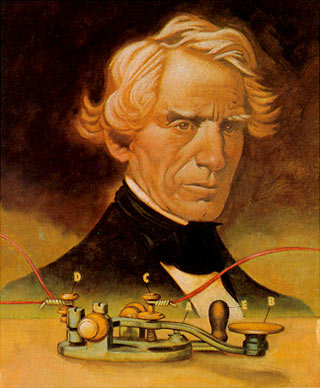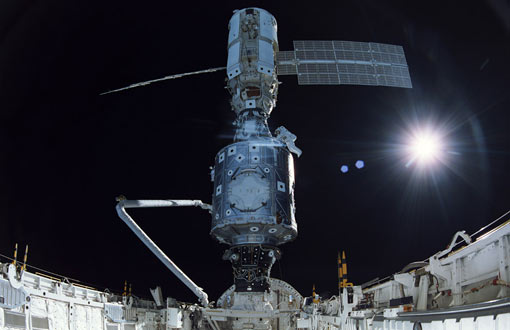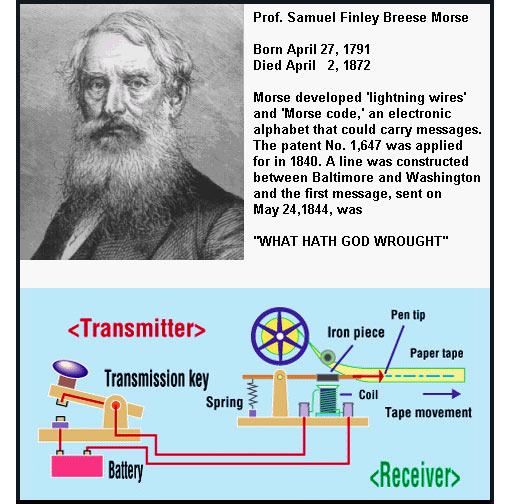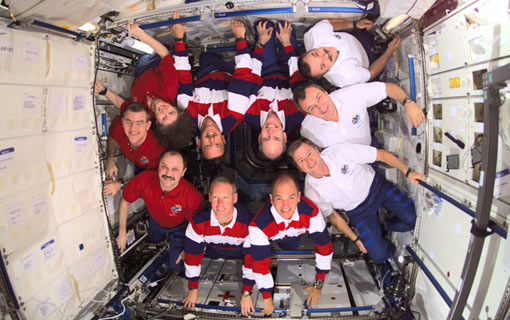You are hereWcP.Scientific.Mind's blog
WcP.Scientific.Mind's blog
From car to aircraft in 15 seconds: 'roadable' plane Terrafugia Transition is a flying car that fits in the garage

(quote)
The fantasy of spy novels and science fiction films is at last becoming reality with a vehicle that can turn from car to aircraft in 15 seconds
It is the ultimate off-roader and it is coming to an airstrip near you. The Terrafugia Transition is a two-seater plane that at the touch of a button converts into a road-legal car. It takes its maiden flight next month and is scheduled to hit the showrooms by next year. “It’s like a little Transformer,” says Carl Dietrich, the Terrafugia boss, proudly. “This is the first really integrated design where the wings fold up automatically and all the parts are in one vehicle. All we have is one simple folding wing, and that means the Transition takes just 15 seconds to switch between flying and driving.”

The Terrafugia Transition is a light sport airplane with four wheels and foldable wings that span 27.5ft when extended. It can soar up through the skies just like a regular aircraft then land on the ground, fold up its two wings and drive down the road at highway speeds. Measuring 19 feet long, it has an airborne range of 460 miles and can cruise at 115mph. According to early reports, the plane uses unleaded gasoline - no rocket fuels necessary. It runs via the 100 horsepower four-stroke Rotax 912S engine. read more »
Jan 6, 1838, Samuel Morse 1st demonstrated electric telegraph. "What hath God wrought!" - 1st formal message sent

(quote)
Samuel F.B. Morse
It was on this day, January 6, in the year 1838 that Samuel Morse first demonstrated the electric telegraph. The telegraph was perhaps the single largest step forward in telecommunication history, in that it allowed messages to be sent electronically for the first time. The telegraph was key in settling the west, and served as the basis for modern communication methods.
"Science and art are not opposed" - Samuel Morse.
Samuel F.B. Morse led a superbly rendered life as a painter, sculptor, professor and photographer. He became best known, however, for his invention of the telegraph. Morse used the invention of the electromagnet in 1825 to develop a way to communicate virtually instantly over long distances using his own code.
Early days
Samuel Finley Breese Morse was born on April 27, 1791, in Charlestown, just outside of Boston, Massachusetts. He was the son of Jedidiah Morse, a pastor well known for his knowledge of geography. Samuel showed an interest in electricity, but his love was art. His father opposed art as a career - not realizing how determined Samuel was to paint.
Amazing! Spirit & Opportunity, Mars rovers (expected lifespan of 90 days from Jan 3 '04), roving on into 5 yrs

(quote)
The US space agency's (NASA) Mars rovers are celebrating a remarkable five years on the Red Planet. The first robot, named Spirit, landed on 3 January, 2004, followed by its twin, Opportunity, 21 days later. Their longevity in the freezing Martian conditions has surprised everyone.
The unmanned rovers Spirit and Opportunity are showing serious signs of wear after an astounding five years roaming Mars, U.S. space agency officials say. Scientists initially thought the remote-controlled machines would last only three months in Mars' freezing climate, said John Callas, rover project manager at the National Aeronautics and Space Administration's Jet Propulsion laboratory in Pasadena, Calif.

"These rovers are incredibly resilient considering the extreme environment the hardware experiences every day," Callas said, noting information sent by the rovers have proved water existed on Mars billions of years ago. read more »
Zarya, 1st launched module of International Space Station (ISS), lifted into orbit 10 years ago on 20Nov1998

(quote)
Last month marks the 10th anniversary of the first launched module of the International Space Station (ISS). The module Zarya was lifted into orbit on November 20th, 1998 by a Russian Proton rocket lifting off from Baikonur, Kazhakstan. In the decade since, 44 manned flights and 34 unmanned flights have carried further modules, solar arrays, support equipment, supplies and a total of 167 human beings from 15 countries to the ISS, and it still has a ways to go until it is done. Originally planned to be complete in 2003, the target date for completion is now 2011. Aside from time spent on construction, ISS crew members work on a good deal of research involving biology and physics in conditions of microgravity. If humans are ever to leave the Earth for extended periods, the ISS is designed to be the place where we will discover the best materials, procedures and safety measures to make it a reality.
Where top talents go, so does Nobel Prize. Japan shares chemistry prize, splits physics award with American scientists

(quote)
The Nobel Prize (Swedish: Nobelpriset) is a Swedish prize, established in the 1895 will of Swedish chemist Alfred Nobel; in his will, he used his enormous fortune to institute the Nobel Prizes. The synthetic element nobelium was named after him. It was first awarded in Peace, Literature, Chemistry, Physiology or Medicine, and Physics in 1901. An associated prize, The Sveriges Riksbank Prize in Economic Sciences in Memory of Alfred Nobel, was instituted by Sweden's central bank in 1968 and first awarded in 1969.
10 Dec 1915: The first computer programmer, daughter of Lord Byron, Ada Lovelace born in London

(quote)
The daughter of famed poet Lord Byron, Augusta Ada Byron, Countess of Lovelace - better known as "Ada Lovelace" - was born in London on December 10, 1815. Ada was the only legitimate child of the famous poet Lord George Gordon Byron. Lord Byron's marriage to Ada's mother, Lady Anne Isabella Milbanke Byron, was not a happy one. Lady Byron separated from her husband only weeks after their daughter was born. A few months later, Lord Byron left England, and Ada never saw her father again. He died in Greece when Ada was 8 years old.
Ada had an unusual upbringing for an aristocratic girl in the mid-1800s. At her mother's insistence, tutors taught her mathematics and science. Her mother believed that engaging in rigorous studies would prevent Lovelace from developing her father's moody and unpredictable temperament. From early on, Lovelace showed a talent for numbers and language. She received instruction from William Frend, a social reformer; William King, the family's doctor; and Mary Somerville, a Scottish astronomer and mathematician. Somerville was one of the first women to be admitted into the Royal Astronomical Society.
Augusta Ada King-Noel, Countess of Lovelace (née Byron; 10 December 1815 – 27 November 1852) was an English mathematician and writer, chiefly known for her work on Charles Babbage's proposed mechanical general-purpose computer, the Analytical Engine. She was the first to recognise that the machine had applications beyond pure calculation, and published the first algorithm intended to be carried out by such a machine. As a result, she is often regarded as the first to recognise the full potential of a "computing machine" and the first computer programmer. read more »
10 Dec 1799 France adopts the metric system, first country to do so

(quote)
The metric system, that is the system of units based on the metre, was officially adopted in France on 10 December 1799 (19 frimaire An VIII) and became the sole legal system of weights and measures there from 1801.
In France, before the start of the Revolution in 1789, there had been no uniformity of weights and measures. Trading had been difficult and fraud had been easy, so in 1790 the French National Assembly called for uniform new measures to put a stop to the abuses taking place. Charles Maurice Talleyrand, Bishop of Autun, presented to the Assembly a scheme based upon “natural” measures which he proudly stated would be “for all people, for all time”. This was modified by the Academy of Science, which also strongly favoured the new measures forming a decimal system as follows. The unit of length, the metre, was to be equal to the ten-millionth part of the arc of meridian between the North Pole and the equator and passing through Paris. The gram was to be the “absolute weight” of a volume of pure water, equal to the cube of the hundredth part of the metre and at the temperature of melting ice. read more »





















